The Mughal 'Peacock Throne' Is the Most Expensive Furniture in History
Categories: Asia | Culture | History
By Pictolic https://mail.pictolic.com/article/the-mughal-39peacock-throne39-is-the-most-expensive-furniture-in-history.htmlIn the history of mankind, few pieces of furniture can compare with the luxury and grandeur of the Peacock Throne of the Great Mughals. This golden masterpiece, created in the 17th century, became a symbol of the wealth and power of one of the greatest empires in the world. Why is this throne called the most expensive in history? Let's go on a journey through the era of the Great Mughals to uncover the secrets of this jewelry miracle.
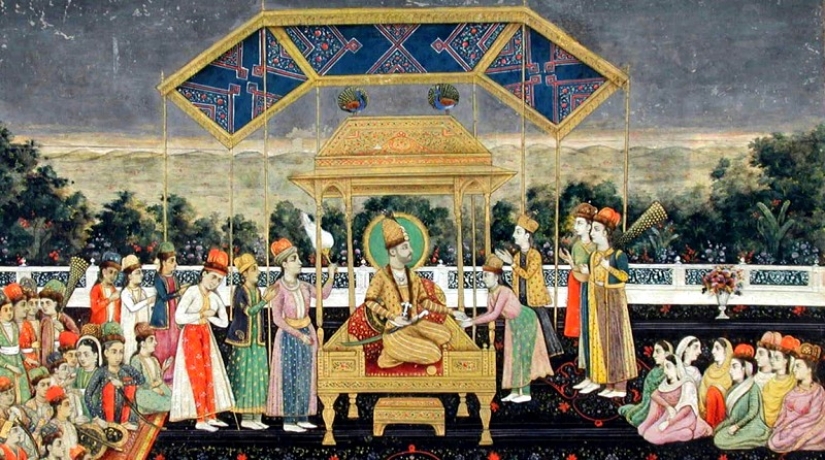
The Mughal Dynasty ruled a vast empire that included the territories of modern India, Pakistan, Bangladesh and southeastern Afghanistan. The state existed from 1526 to 1857. During this time, two dozen padishahs occupied the throne, and the capital moved several times. The Red Fort in Delhi was especially impressive - it became one of the most magnificent residences of the rulers in the new capital of the empire.
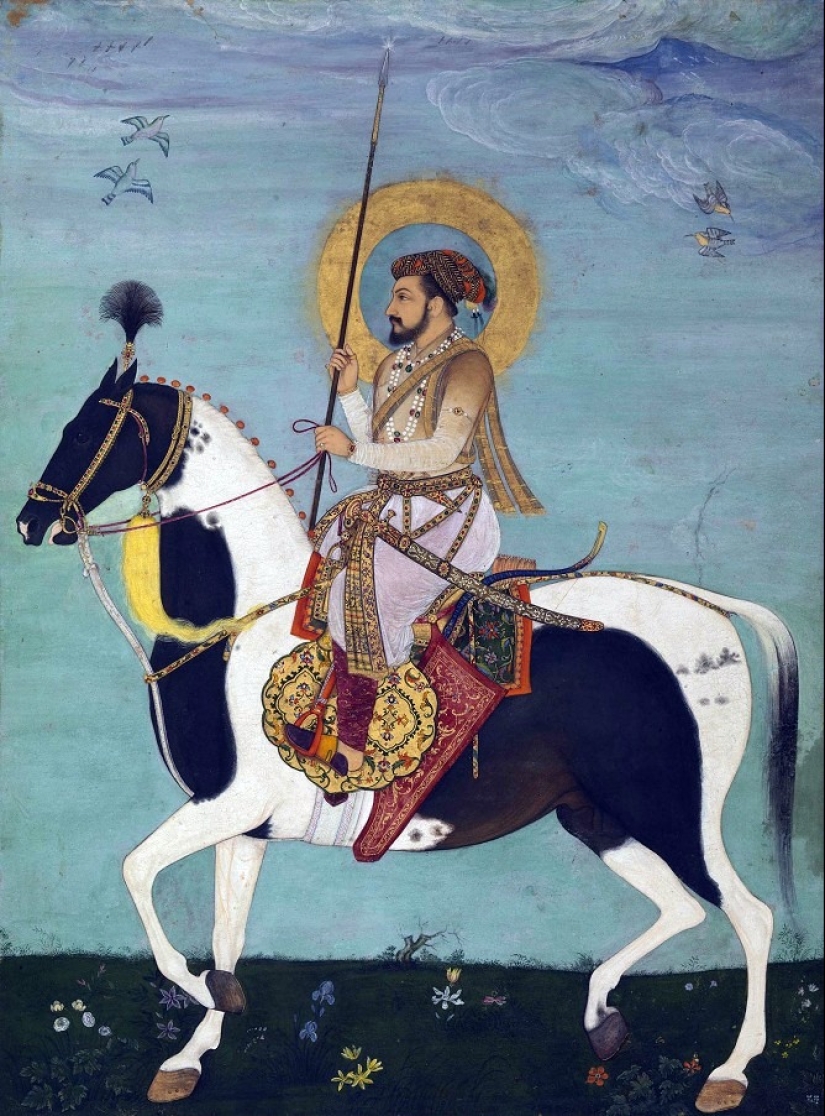
The Red Fort contained the Diwan-i-Khas, also known as the Hall of Private Audiences. It was for this hall that Emperor Shah Jahan, who reigned from 1627 to 1658, commissioned the magnificent Peacock Throne (Takht-e Taus). Since the padishah was considered the viceroy of the Prophet Muhammad, he sought to possess only luxurious objects. Therefore, the creation of the throne was entrusted to the talented jeweler Said Gilani. He was given almost unlimited opportunities to work with precious metals and stones.
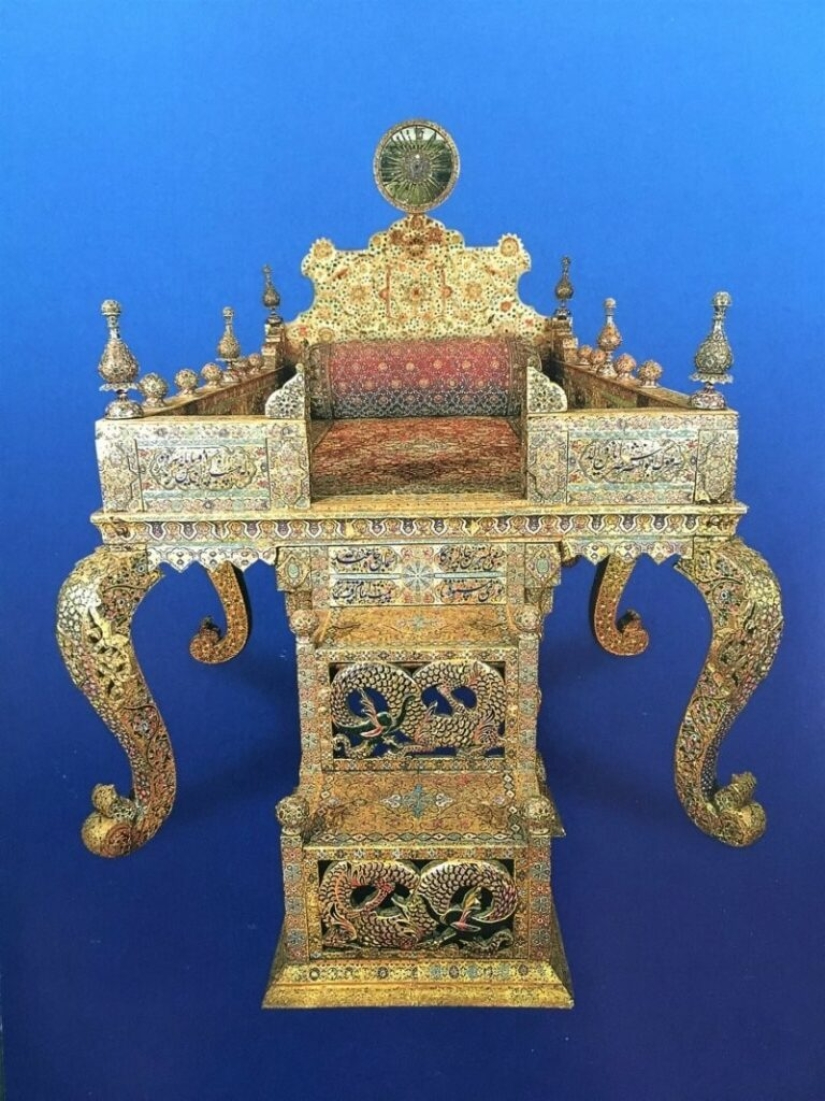
Gilani and his assistants worked on the Peacock Throne for seven years. Never before or since had a precious object been created for so long. The Emperor patiently waited for the result, because he believed in the master's talent. In the end, Gilani created a truly outstanding work of art. The throne became a symbol of the power and wealth of the Great Mughals.
Imagine a luxurious platform, similar to a magnificent ottoman. It was 1.8 meters long and 1.2 meters wide. Unlike European thrones, this one had no back. Instead, it was a soft cushion on which the emperor sat with his legs tucked up. The throne was made of 1,300 kilograms of gold and more than 200 kilograms of precious stones: diamonds, sapphires, emeralds, and pearls. Among them, the famous diamonds stood out: “Shah Akbar”, “Kohinoor”, “Great Mogul”, and “Great Tablet”. These stones were mined in the legendary Golconda mines and in the conquered territories.
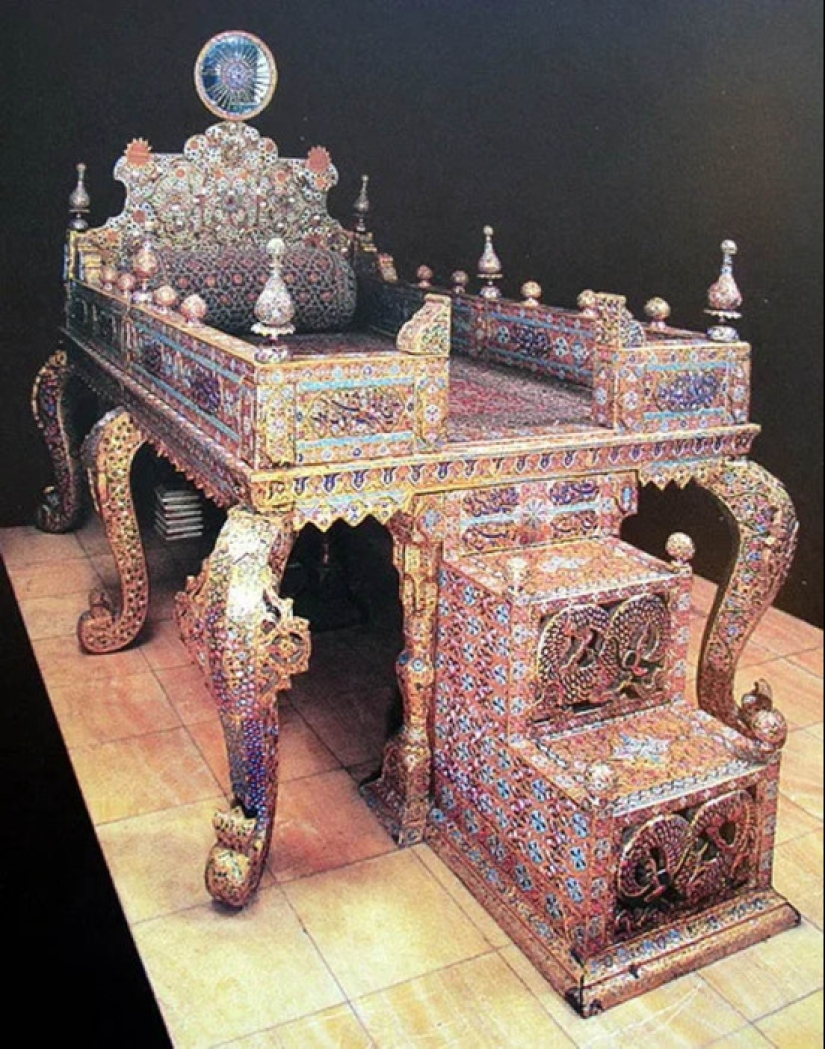
The upper part of the throne was decorated with a silk canopy embroidered with gold threads. It was supported by 12 golden columns inlaid with emeralds. An elegant openwork staircase made of silver and gold led to the throne. Above the canopy, two golden peacocks with spread tails, thickly strewn with diamonds, rubies and emeralds, were in full glory. Some of the largest diamonds in the world sparkled in the eyes of the peacocks, and the famous Shah diamond hung above the emperor's head. The French traveler Jean-Baptiste Tavernier, who saw the throne with his own eyes, described it as "an enormous bed strewn with jewels." In his opinion, such magnificence did not exist anywhere in the world.
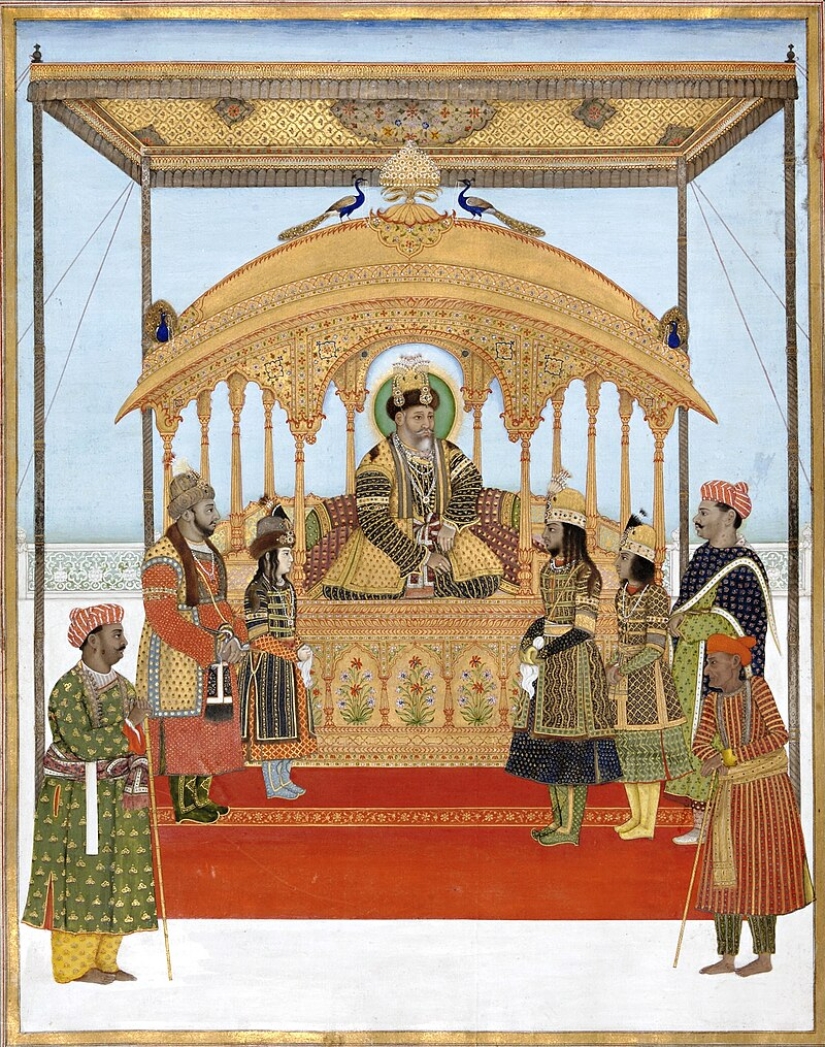
The artistic combination of precious metals and unique gemstones made the throne not just expensive, but priceless. Contemporaries claimed that the treasures of the throne could have freed the entire country from taxes for years. According to modern experts, the Peacock Throne cost the empire more than its other wonder, the majestic Taj Mahal mausoleum, built under the same Shah Jahan. The wealth of Takht-e Taus and the ornament in the form of birds referred to the throne of the Old Testament King Solomon, whom the Koran called Suleiman.
Unfortunately, the splendor of the Peacock Throne was short-lived. In 1739, the Persian Shah Nadir Shah invaded Delhi and plundered the city. The throne, along with other treasures, was taken to Persia. There, it was dismantled - the gold was used to create another throne for the Qajar Fath Ali Shah, and the precious stones were added to the treasury of Nadir Shah. According to evidence, Nadir Shah was so impressed by the wealth of the throne that he exempted his subjects from taxes for three years.
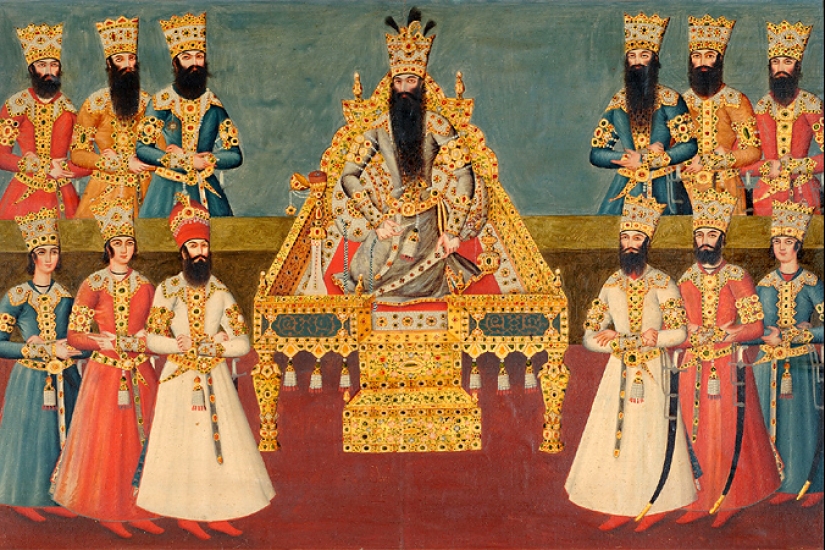
Later, the Persians often regretted that they had treated the priceless jewelry masterpiece so barbarously. This is evidenced by several attempts to recreate the Peacock Throne as close to the original as possible. The most successful and expensive copy was created in 1812. It, along with several less accurate replicas, are now kept in Iran, in the Tehran Museum of Jewelry.
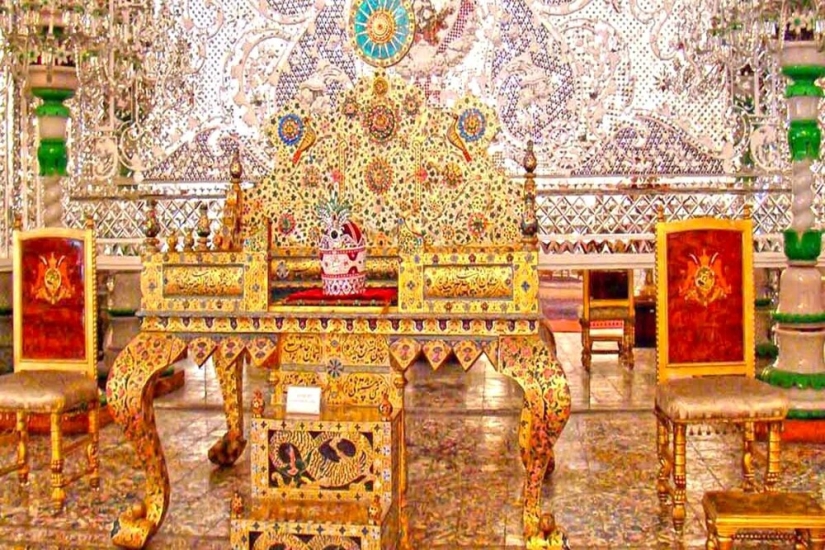
In India, which had lost its symbol, a stylized version of the throne was also created. The last Mughal emperors sat on it, but it was a pale shadow of its former glory. Today, the Peacock Throne is remembered in miniatures, paintings, and the stories of travelers such as Tavernier.
The Peacock Throne has become a symbol of greatness lost to wars and greed, but its legend lives on. History knows many cases when priceless artifacts disappeared or were destroyed, depriving descendants of the opportunity to see them with their own eyes. Do you think it is worth recreating lost masterpieces of the past or is their history more valuable than any replica? Share your opinion in the comments!
Recent articles

The success of shopping in the East depends on how well you can bargain. And this is a kind of art that has evolved over ...

The rapid onset of cold weather on all fronts, and now everyone around is wrapping themselves in warm clothes. Alas, someone is ...

Of course what we see on screen is very different from how the film was shot. And it's not only about applying special effects, but ...